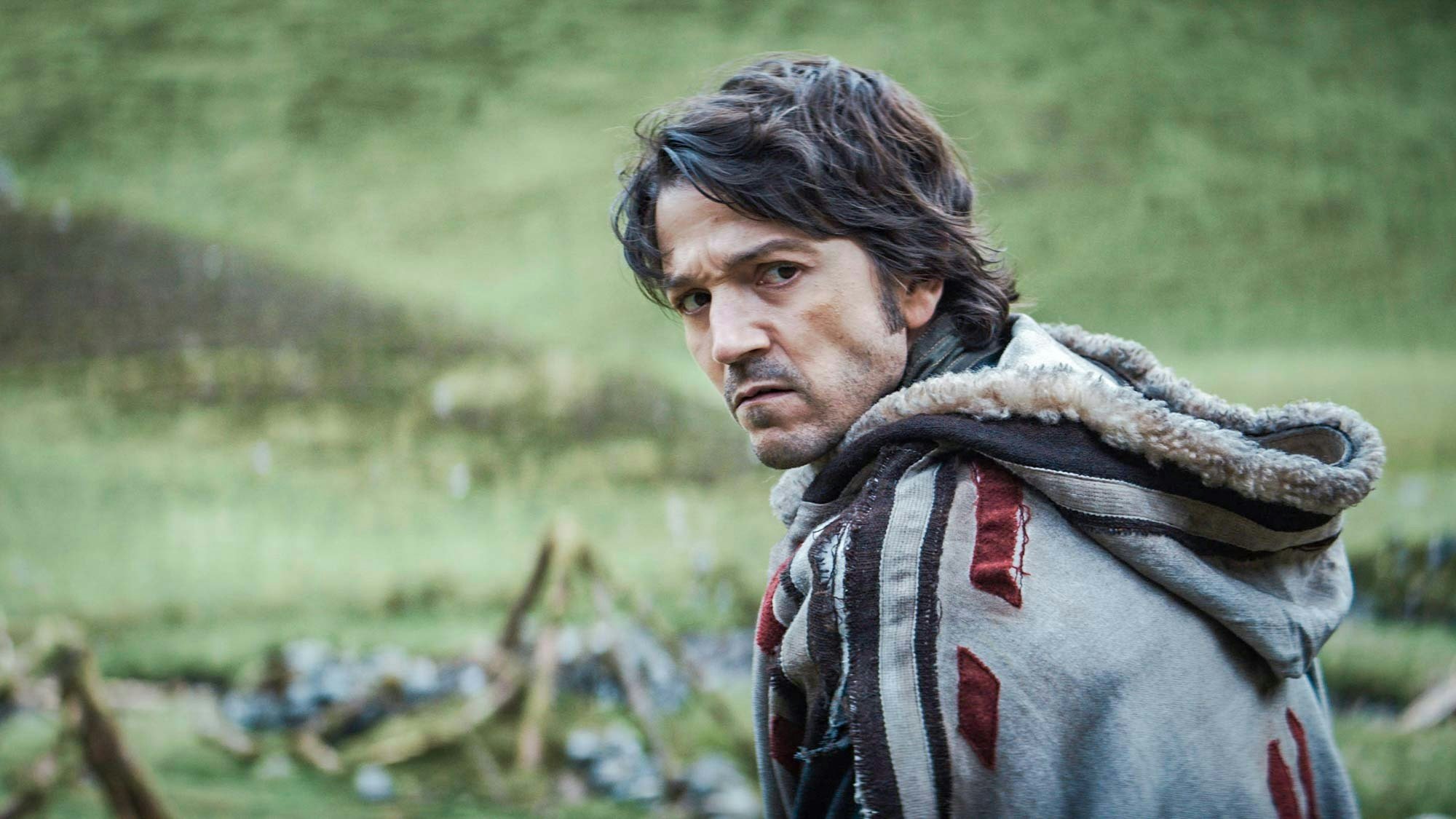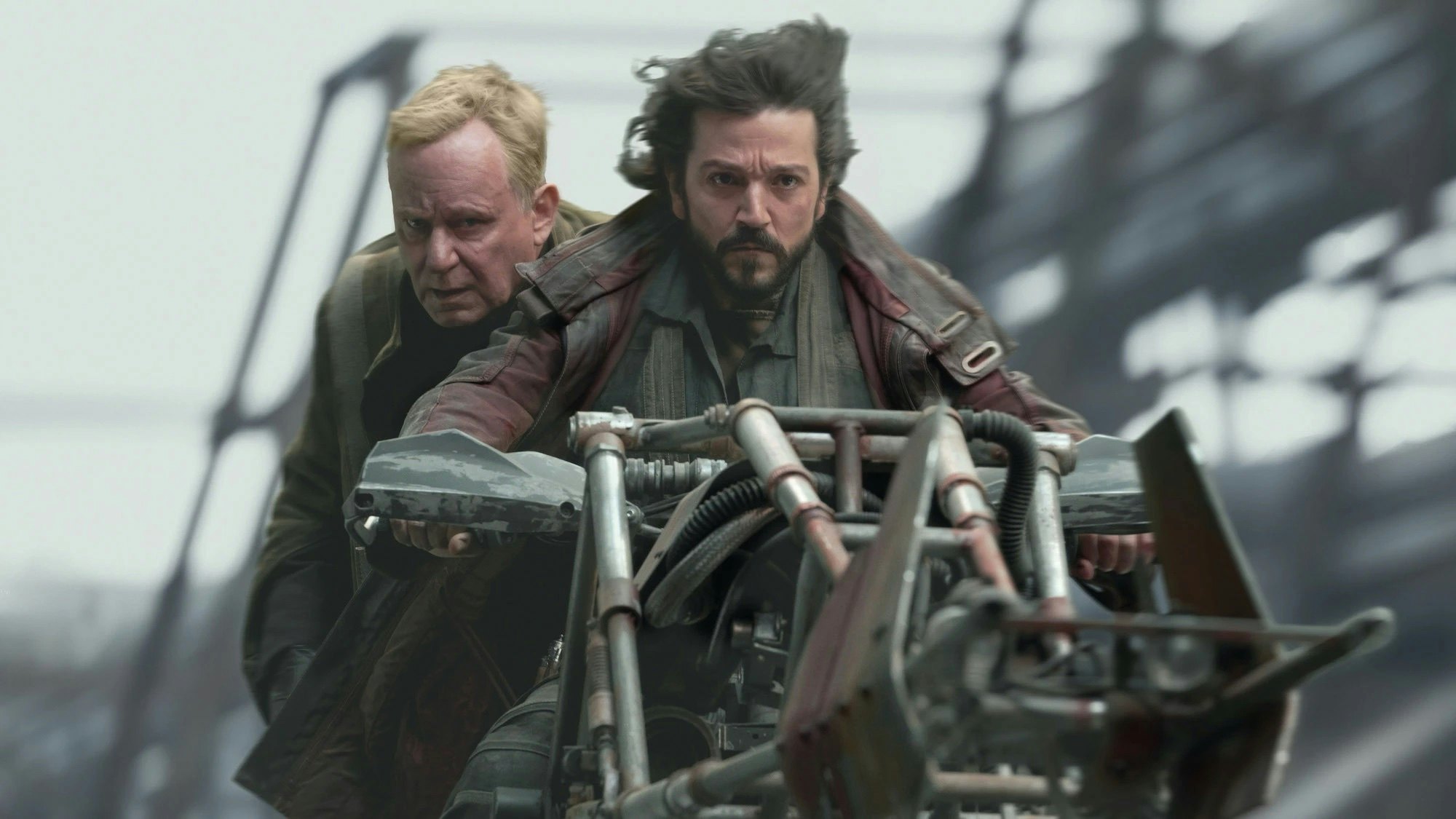
The Mandalorian’s third season is rumbling to its conclusion, bringing to a close the Disney+ series’ most disjointed and least satisfying entry. After the fulfilling way season 2 ended, with Grogu leaving with Luke Skywalker to learn the ways of the Force and Din Djarin overcoming Moff Gideon and claiming the Darksaber, the potential for the story to move forward in season 3 was enormous. Instead, it took a step back. Grogu returned to Din, and both are back on Nevarro with the threat of Moff Gideon looming.
With producer Rick Famuyiwa’s admission that the show no longer has a singular focus (ie, The Mandalorian now refers to all Mandalorians), we have some explanation as to why this season has been all over the place. Rushed in places, and filled with ponderous exposition, The Mandalorian Season 3 was jarring from the start, given the season technically started during its hijacking of The Book of Boba Fett. The muddied focus has meant it’s been hard to make sense of what The Mandalorian season 3 is going for.
Beneath it all, however, there’s something else — something more fundamental — to The Mandalorian’s lack of impact. It’s not the production value, it still looks great. It’s still fun when Din and Grogu’s relationship is, however briefly, in focus. And it’s great seeing Katee Sackhoff back in a meaty sci-fi role as she gradually becomes Grogu’s new mom. There’s still a lot to love about The Mandalorian.
It’s just not Andor.

That’s not technically a bad thing. There is room in the sprawling universe of Disney’s Star Wars for different styles of television. The humanizing drama of Andor and the cowboys-in-space tone of The Mandalorian can co-exist. But the best shows, and franchises, evolve over time. And in the face of the sea change Andor incited over how a Star Wars story can be told, The Mandalorian is just … the same as it ever was. Except it isn’t at the same time.
At the end of its second season, The Mandalorian reached a natural inflection point. With space-dad Din and Grogu separated, there were so many directions in which the show could travel, with or without Andor’s influence. Instead, like The Force Awakens before it, it played it safe, took us back to season 1, and rushed Grogu and Din back together. A lack of originality and return to the status quo was always going to play poorly, but is even more glaring in the wake of Andor.
Yet, at the same time, through episodes that feel like video game side quests and a focus on the wider going-on in the New Republic — the good guyness of which is yet to be determined — the season has leached focus from its main characters. As a result, as we look down the barrel of more of the same in the spate of forthcoming Star Wars series set in the same arc, Andor only feels fresher as time goes on.

Tony Gilroy crafted the kind of Star Wars story we’d only glimpsed in moments of Rogue One and The Last Jedi: a human story that pulled away from the same old narrative of intergalactic good and evil. Star Wars finally had real nuance. For the first time in forever, Star Wars felt like it was made for a contemporary audience.
The Empire wasn’t just some glaring ambiguous evil but a real regime built on a connected mess of office power struggles. It was powered by an industrial prison complex that gave us arguably the best Star Wars character to date in Andy Serkis’ Kino Loy. And all of this was within a pointedly familiar presentation of economic exploitation and the surveillance state.
Andor gave us an insidious and recognisably human Empire, such as we’d not seen before. We didn’t have to take it as read that Empire=Bad™ because of a big space laser, we could understand the minutiae of the Empire’s draconian agenda. Like Star Trek at its best, Andor is a recognisable mirror of our own inequities, showing at once our own distant history and impending future.
In response, The Mandalorian gives us Grogu spinning in a chair. It’s cute. I love to see it and want more. But it all feels a bit weak by comparison.

That The Mandalorian is a throwback isn’t news. It’s always been that fusion of space opera and spaghetti western that made the original trilogy so beloved — which is okay. But there has to be a point where a show like this needs to grow beyond its 1970s origins to something more recognizably contemporary.
After the identity crisis fueled by J.J. Abrams’ entries (albeit sandwiched on either side of the best Star War — I won’t be taking questions on that point) The Mandalorian’s back-to-basics approach gave the franchise a much-needed foundational reset. But once Tony Gilroy started building on top of it, The Mandalorian needed to do the same. Instead, it stayed in the basement playing with Boba Fett toys.
While The Mandalorian’s third season languishes in a lack of new ideas and an adherence to fan service, Andor remains the benchmark of Star Wars storytelling. Even though its first season has been over for a while, Andor feels so much more current, more important, and more present than the show that’s right in front of us.







